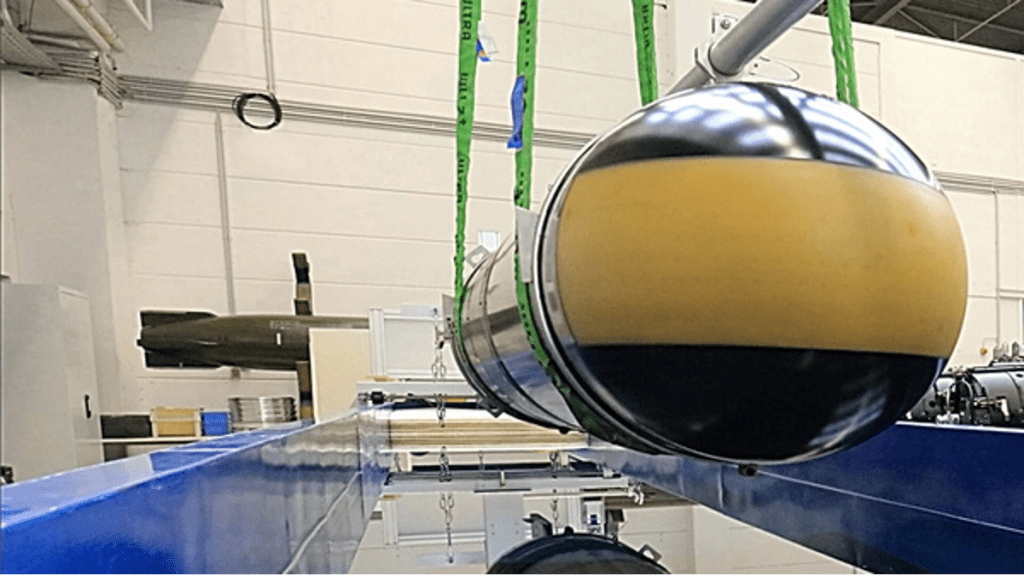As India’s naval fleet grapples with an array of challenges on the surface and beneath the waves, the need for advanced torpedoes is becoming more apparent. This need paints a vivid picture of the difficulties besetting India’s defence acquisition system, as the nation’s state-of-the-art Scorpene submarines sit idle without their integral assortment of heavyweight torpedoes.
The intended supply of robust Black Shark torpedoes from WASS, a subsidiary of Italy’s Leonardo, to the Scorpene fleet has been stalled by legal issues surrounding another Leonardo affiliate, AgustaWestland. This legal quandary has led to the stalling of negotiations with the Ministry of Defence (MoD) regarding the procurement of heavyweight torpedoes for the Scorpene fleet.
While these complications persist, India’s Navy is making do with Atlas Elektronik AEG Surface and Underwater Target (SUT) 264 21-inch heavyweight wire-guided torpedoes. Originally commissioned in 1967, these torpedoes do not meet the demands of contemporary naval warfare.
However, there seems to be a silver lining in the form of the Raytheon MK 54 torpedoes. Operated by Indian Naval Aviation on the Boeing P-8I maritime patrol aircraft (MPA) for Anti-Submarine Warfare (ASW) missions, these torpedoes bring some much-needed versatility to the Indian Navy’s toolkit. The MK54, in production for two decades, uses complex processing algorithms to analyse information and target underwater threats, even those deploying decoys or countermeasures.
Domestic developments also hold promise.
The Defense Research and Development Organization (DRDO) has achieved significant advancements in the creation of indigenous underwater armaments. Among these are the formidable Varunastra, a heavyweight torpedo launched from ships, and the Torpedo Advanced Lightweight (TAL). While these weapons boast remarkable capabilities, their current limitation lies in the inability to be launched from submarines. Nevertheless, DRDO’s remarkable progress with Varunastra and TAL indicates a promising future, suggesting that they may be on the verge of developing a state-of-the-art submarine-launched torpedo to meet the immediate requirements of the Navy.
Simultaneously, DRDO is developing a supersonic missile-assisted torpedo, the Supersonic Missile Assisted Release of Torpedo (SMART) system, which could substantially extend the Navy’s anti-submarine warfare capabilities. The Maareech Advanced Torpedo Decoy System, deployable on all frontline warships, significantly enhanced the Indian Navy’s ASW capacity when it was integrated in June 2020.
The global landscape of torpedo technology also continues to advance. Notably, the British Spearfish Mod-1, an upgraded heavyweight torpedo, was ready for frontline action with the Royal Navy as of May 2021. Moreover, Turkey’s Roketsan introduced its Akya heavyweight torpedo, a high-speed, long-range, fully autonomous torpedo designed for submarine launch in 2021.
It remains to be seen how India will address its current torpedo shortfall. However, with domestic developments and a global backdrop of rapid advancement in underwater weaponry, the future holds promise for the Indian Navy


